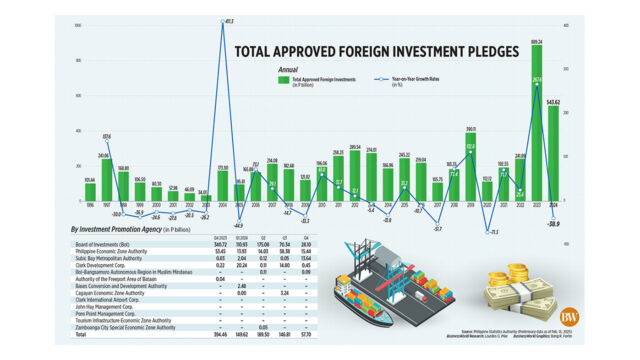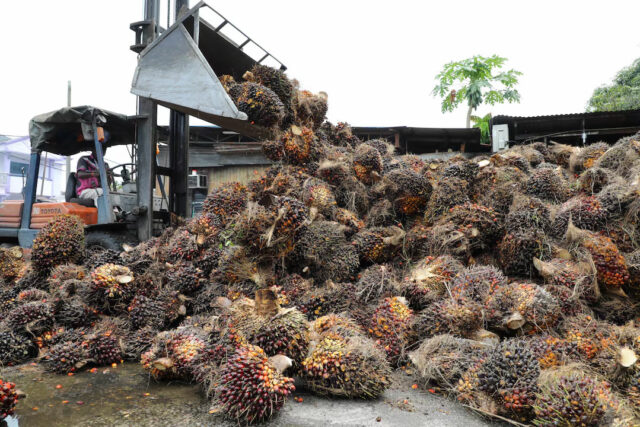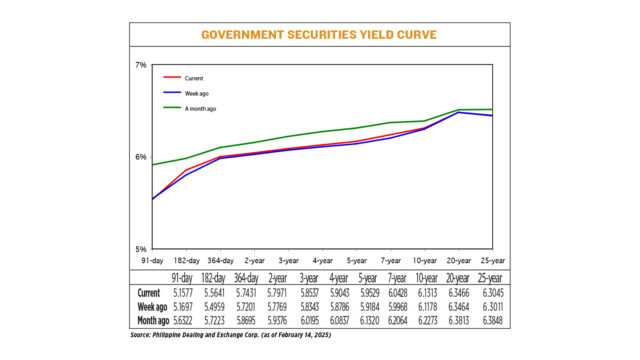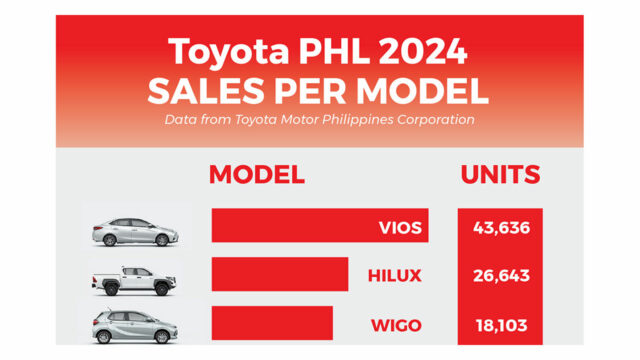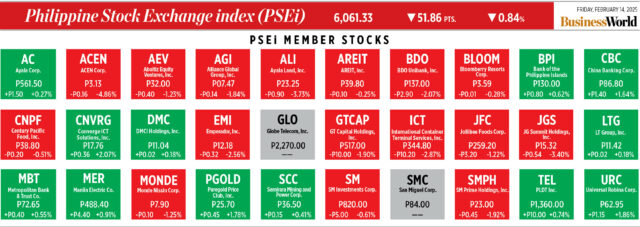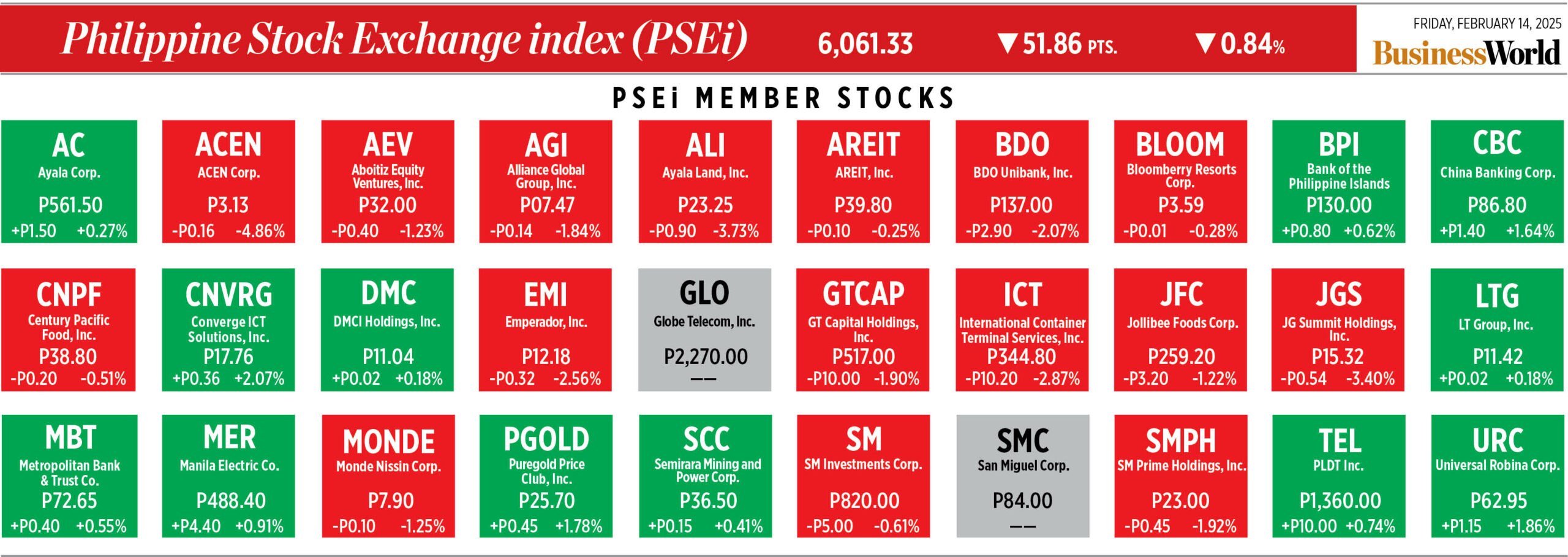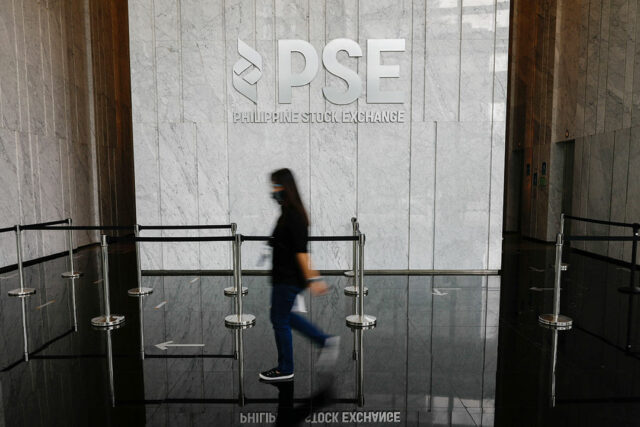All-electric Porsche Macan now in the Philippines
Stuttgart brand steps up journey to sustainability
AT THE RECENT Enrique Zobel Memorial Polo Cup, Porsche Philippines unveiled the new all-electric Macan. This marks the full electrification of the brand’s compact crossover, continuing an earnest journey toward greater sustainability.
Currently heading the new all-electric Macan two-model range in the country is the Macan Turbo, which generates 639hp and 1,130Nm torque from two permanent magnet synchronous motors — sending power to the front and rear axles, creating an electric all-wheel drive system. Porsche reports a standstill-to-100kph time of 3.3 seconds — onto a top speed of 260kph. Complementing the top Macan Turbo model is the new all-electric Macan 4. Similarly equipped with two motors and an all-wheel drive system, the Macan 4 produces 408hp and 650Nm, reaching zero to 100kph in 5.2 seconds.
The new all-electric Macan features an 800-volt technology, guaranteeing fast charging times. Its DC charging capacity of up to 270kW allows its battery to be charged from 10% to 80% in about 21 minutes. Alternating current charging can reach 11kW via a household Wallbox. Additionally, energy can be recuperated via the new Macan’s electric motors. With a fully charged battery, the new all-electric Macan Turbo can travel up to 590 kilometers while the Macan 4 can reach up to 612 kilometers (both according to WLTP testing).
The new all-electric Macan is clearly recognizable as part of the Porsche model family, thanks to the crisp lines and distinct proportions that hallmark Porsche’s design DNA. This brand signature has been further developed and optimally adapted to the requirements of an electric vehicle.
Short overhangs, a wheelbase longer than the previous model, a slightly sloping hood, and muscular fenders give the model a more dynamic look. Also contributing to this are the unmistakable Porsche flyline, raked coupe-like window silhouette, frameless doors, and the side blades that have been a styling signature of the model.
The new all-electric Macan’s headlights are split into two parts. The flat upper light units with four-point daytime running lights are embedded in the fenders and emphasize the width of the vehicle. The main headlight modules with matrix LED technology are placed lower on the front end. At the rear, the Porsche logo sits in the center of the sculptural 3D taillight strip.
The model’s two electric motors are controlled in real time. The electronic Porsche Traction Management (ePTM) operates about five times faster than a conventional all-wheel drive system, and can respond to wheel slip within 10 milliseconds. In addition, the new all-electric Macan’s all-wheel drive distribution is governed by the selected driving program. Its Porsche Active Suspension Management (PASM) features shock absorbers with two-valve technology, expanding the spectrum between comfort and performance.
With the electrification of the Macan, Porsche has introduced a completely new display and control system into the model. The Porsche Driver Experience in the new all-electric Macan offers a mix of digital and analog elements, including an instrument cluster with a 12.6-inch curved display, a 10.9-inch central display, and a 10.9-inch passenger display.
A new feature is the ambient lighting with a communication light. Depending on the situation, it provides information or warnings — such as when greeting the driver, during charging, or in conjunction with the driver assistance systems. The Porsche Driver Experience’s upgraded design comprises a “welcome” animation, an even more modern look and feel, and the new Themes app that adjusts the background color of the displays and the ambient lighting to match the exterior color. Included as standard, the Porsche Communication Management (PCM) in the new all-electric Macan takes computing performance to a new level.
The new all-electric Macan’s interior is unmistakably Porsche, where the driver and passengers sit lower than in the previous model. Rear passengers are afforded more legroom. The sloping shape of the center console heightens the impression of a low and performance-focused seating position. Expansive window openings result in an airy feel in the cabin.
Electrification has led to increased luggage space behind the rear seat — up to 540 liters. When the rear seat is folded, the space expands to 1,348 liters. Adding to this is the “frunk” under the hood that has a capacity of 84 liters.








